10 Revolutionary Robotics Innovations Transforming Our Future Today
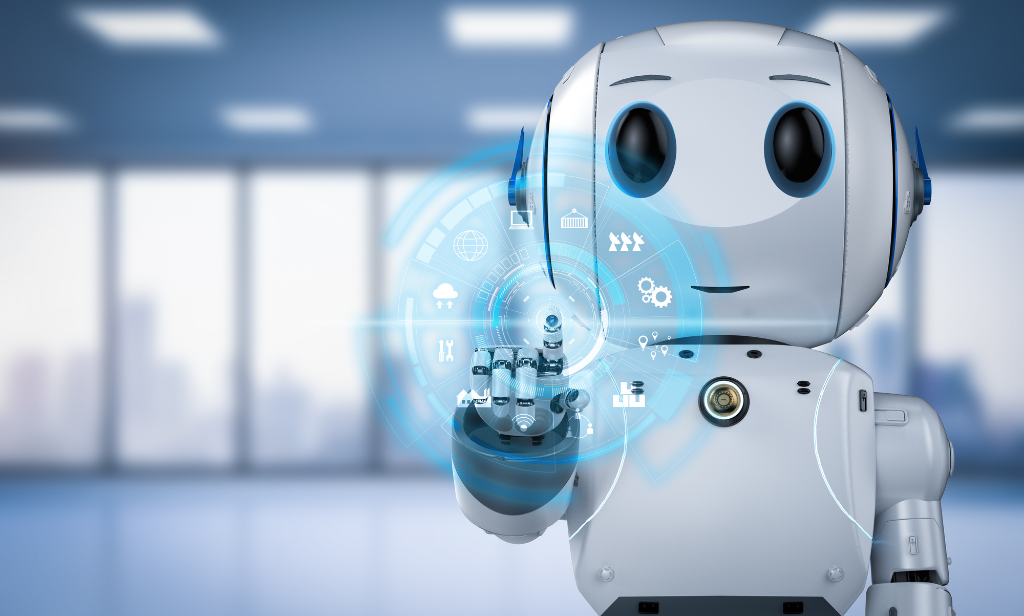
What Is Robotics?
Robotics is the convergence of science, engineering, and technology that creates machines, known as robots, which mimic or replace human actions. These machines excel in performing basic, repetitive tasks with high efficiency and precision, making them invaluable in industries like manufacturing. With the advent of artificial intelligence (AI), robots have gained the capability to handle increasingly complex tasks across various sectors.
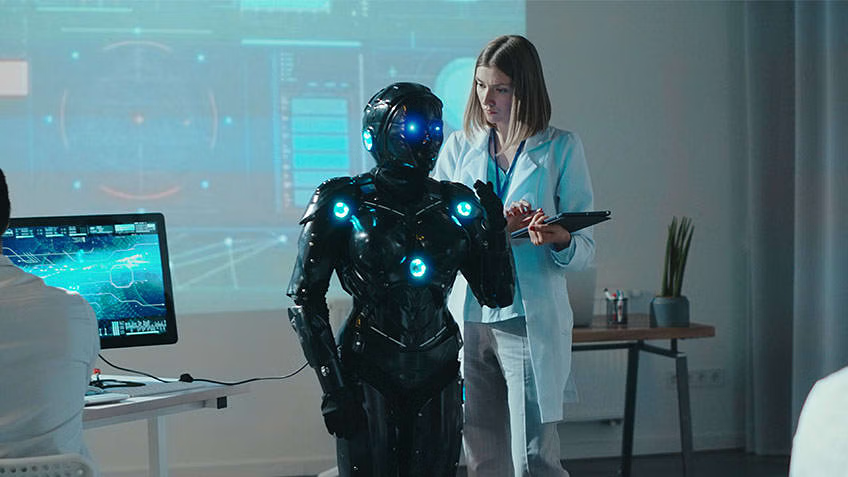
What Is a Robot?
A robot is a programmable machine designed to execute specific tasks, while robotics refers to the field dedicated to creating robots and automation systems. Robots vary in autonomy, ranging from those controlled by humans to fully autonomous ones that operate without external input. The term “robot” originates from the Czech word “robota,” meaning “forced labor,” first introduced in the 1920 play “R.U.R.”
Key Aspects of Robotics
Mechanical Construction
This aspect enables robots to perform tasks in their intended environments. For instance, the Mars 2020 Rover has motorized titanium wheels designed to navigate the rugged Martian landscape.
Electrical Components
Robots require electrical systems to function. These systems, often powered by batteries, are essential for controlling and powering the machinery.
Software Programming
Programming is crucial for robots, as it provides the instructions needed to perform tasks. Without software, a robot is merely a piece of inert machinery.
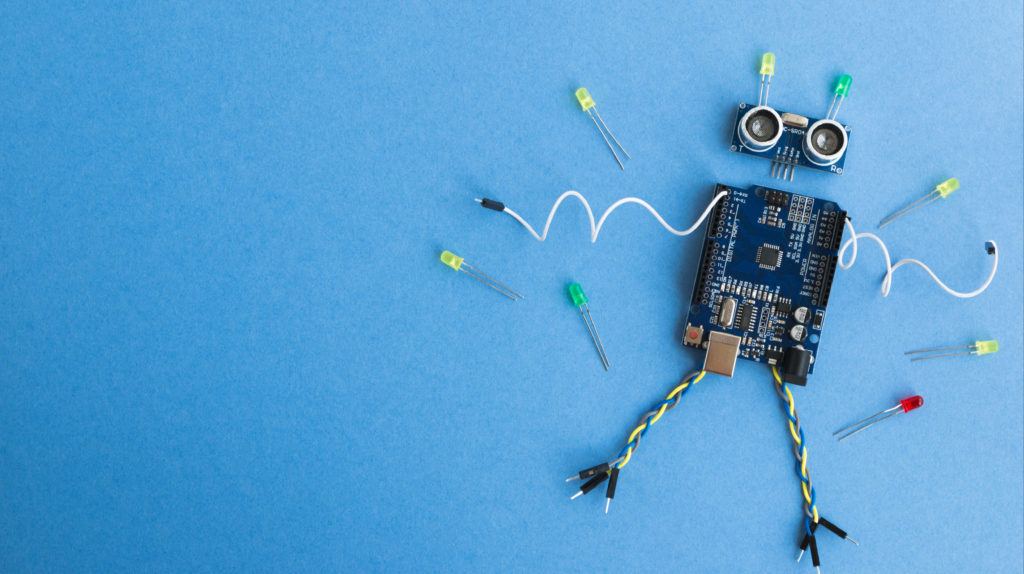
Main Components of a Robot
Control System
This includes the robot’s central processing unit, akin to the human brain, which directs the robot’s actions.
Sensors
Sensors allow robots to interact with their surroundings, functioning as the robot’s senses. Examples include cameras for vision, photoresistors for light detection, and microphones for hearing.
Actuators
These components enable movement, translating control signals into physical actions. Actuators can be powered by various means such as pneumatics, hydraulics, or electricity.
Power Supply
Robots need power to operate. They can be plugged into an electrical outlet or use internal batteries, with considerations for safety, weight, and lifecycle.
End Effectors
These are the tools or appendages attached to robots that perform tasks, such as grippers, drills, or surgical instruments.
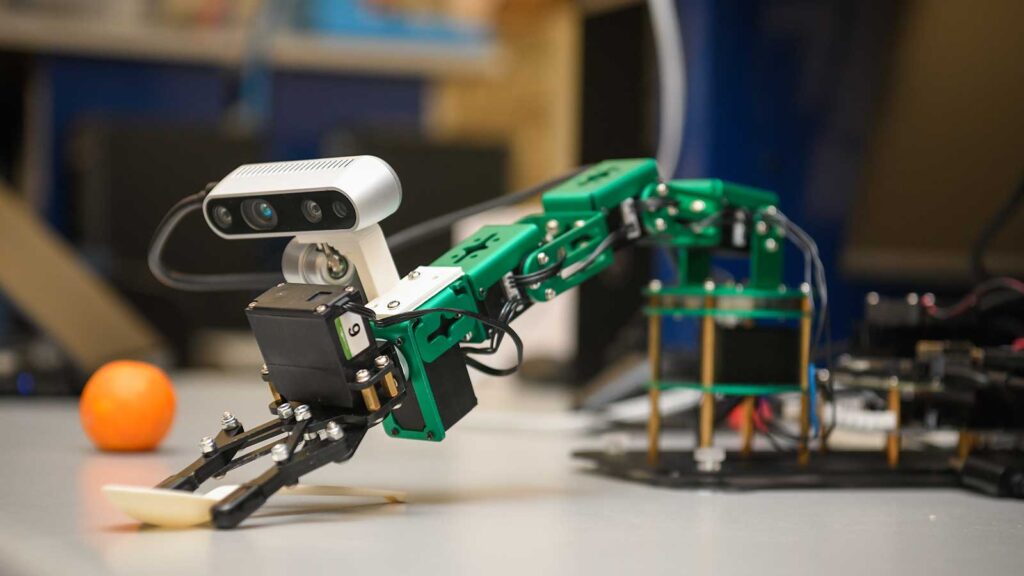
How Do Robots Work?
Robots operate through different modes:
- Pre-programmed: Performing specific, repetitive tasks in controlled environments.
- Autonomous: Operating independently in open environments, using sensors to navigate and make decisions.
- Teleoperated: Controlled remotely by humans, often used in hazardous situations like underwater repairs or bomb disposal.
Types of Robotics
Humanoid Robots
These robots resemble humans and can perform human-like activities, such as Hanson Robotics’ Sophia and Boston Dynamics’ Atlas.
Cobots
Collaborative robots are designed to work alongside humans, enhancing safety and efficiency in shared tasks.
Industrial Robots
Used in manufacturing to automate tasks like assembly and welding, characterized by their speed and precision.
Medical Robots
Assisting in healthcare, these robots perform surgeries, transport medical supplies, and provide patient care.
Agricultural Robots
Designed for farming, they handle tasks like harvesting and monitoring crops, improving agricultural efficiency.
Microrobotics
Involves creating tiny robots, often used in medical research for tasks like disease monitoring and treatment.
Augmenting Robots
These robots enhance or replace human capabilities, such as robotic prosthetics or exoskeletons.
Software Bots
Autonomous programs that perform tasks online, like chatbots in customer service.
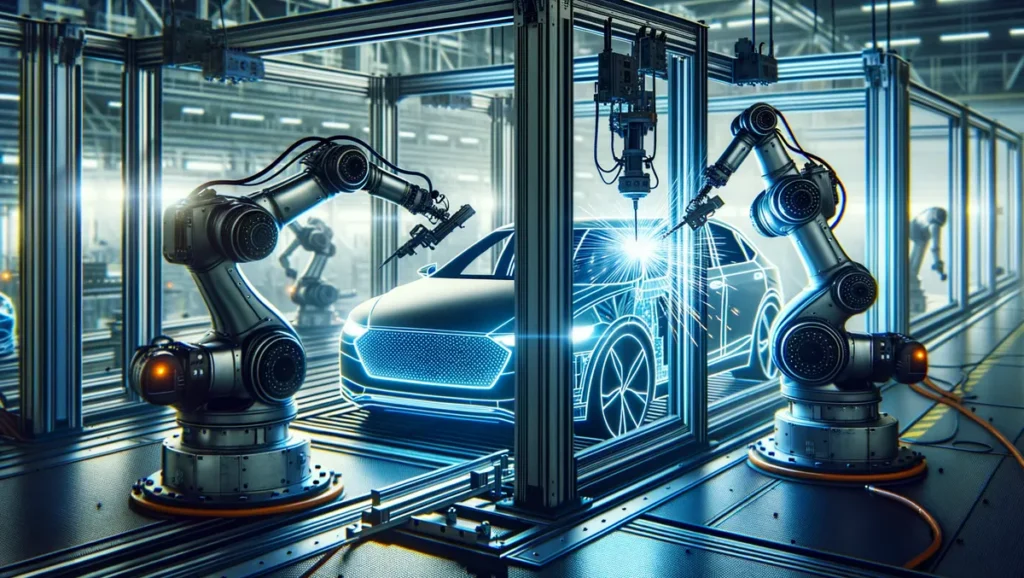
Applications of Robotics
Manufacturing
Robots assemble products, sort items, and perform tasks like welding and painting.
Healthcare
Robots assist in surgeries, transport medical supplies, and offer emotional support during rehabilitation.
Companionship
Social robots aid children with learning disabilities and provide therapeutic support for the elderly.
Home Use
Household robots, such as vacuum cleaners and lawnmowers, assist with daily chores.
Search and Rescue
Robots save lives in disasters, deliver supplies, and perform firefighting in hazardous conditions.
Pros and Cons of Robotics
Pros:
- Increased accuracy and productivity
- Enhanced safety for workers
- Rapid innovation through data collection
- Cost-efficiency in operations
Cons:
- Potential job losses due to automation
- Limited creativity and problem-solving
- Vulnerability to cyber attacks
- High maintenance costs
- Environmental impact from waste
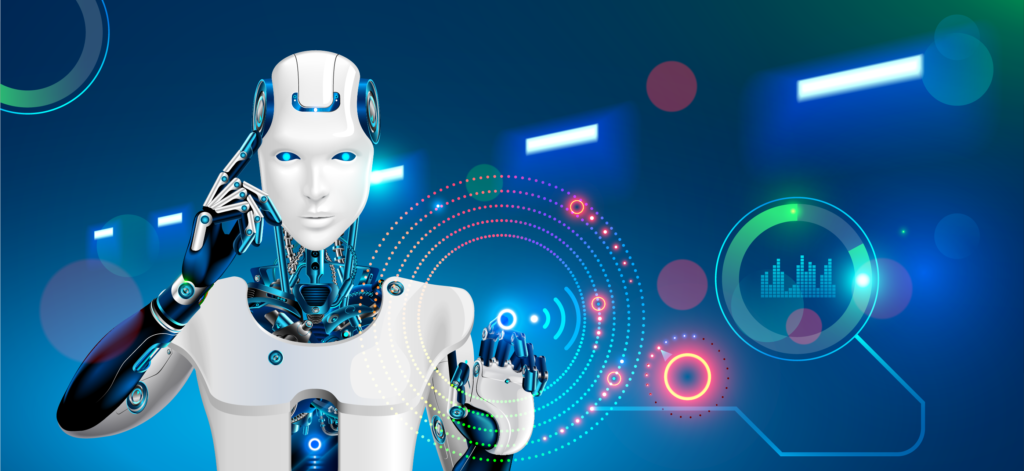
Future of Robotics
The integration of AI in robotics is poised to revolutionize industries, enabling advanced autonomous functions and more complex human-robot interactions. While robotics might transform job roles, requiring humans to adapt and collaborate with robots, the technology promises significant advancements in fields like customer service, manufacturing, and healthcare.
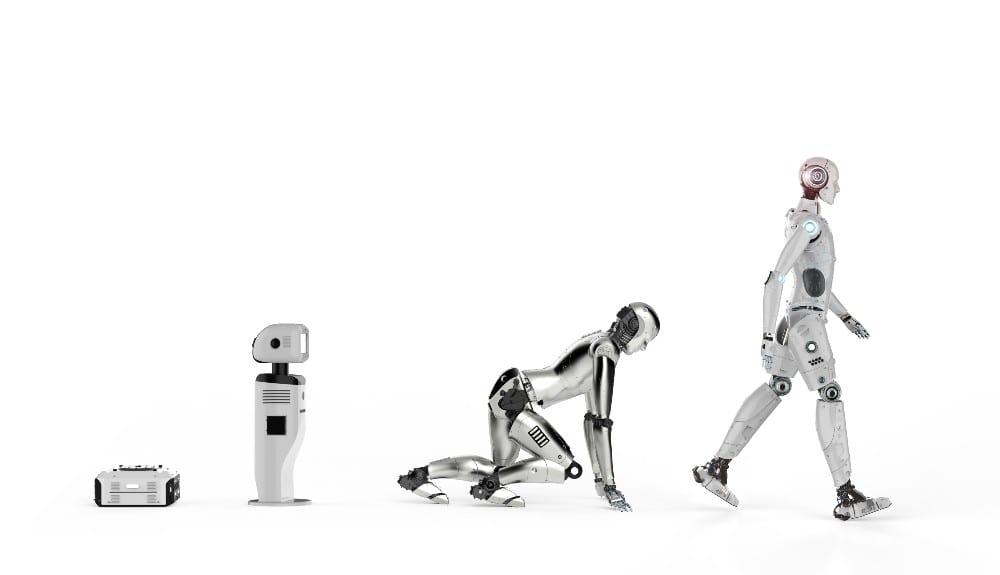
History of Robotics
Ancient to 18th Century:
- Ancient Greeks developed early automated devices.
- In 1737, Jacques de Vaucanson built “The Flute Player,” a mechanical automaton.
20th Century Milestones:
- 1920: The term “robot” was coined in Karel Capek’s play “R.U.R.”
- 1950: Alan Turing introduced the concept of machine intelligence.
- 1959: The first industrial robotic arm, Unimate, began operations.
Recent Developments:
- 2012: AI breakthroughs in deep learning by Geoffrey Hinton.
- 2020: Robots played roles in pandemic response, such as distributing COVID-19 tests.
- 2021: Autonomous vehicles conducted test rides, signaling advances in robotic transport.
The journey from ancient automation to modern robotics showcases the incredible evolution and potential of this transformative technology.



